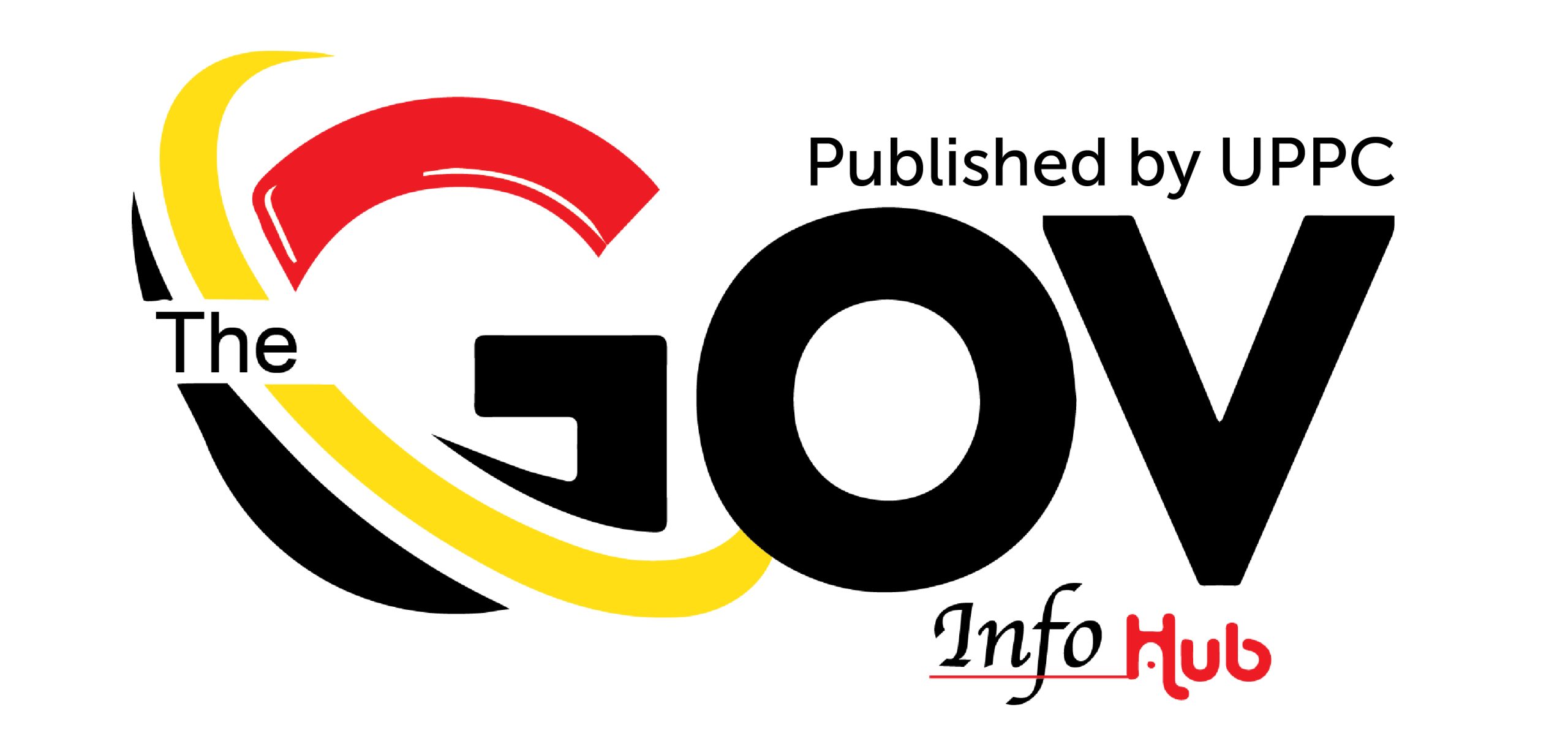In a bold response to Uganda’s persistent teenage pregnancy crisis, Lira University—working with both national and international partners—has secured Shs3 billion (approximately 1.2 million Canadian dollars) to launch a major research and intervention project.
The three-year initiative, titled Enhancing the Integration of Adolescent-Friendly Family Planning and Post-Abortion Care (CAFFP-PAC), aims to mitigate the long-term economic and social consequences of teenage pregnancy while addressing the serious public health risks faced by adolescent girls.
Targeted for implementation in Lira City and Lira District—areas in northern Uganda with alarmingly high teenage pregnancy rates—the project seeks to reverse trends that often derail development through early childbearing and school dropouts.
A Crisis in Numbers
Teenage pregnancy is one of Uganda’s most pressing development challenges. According to the Uganda Health Information System, 1,755 girls under the age of 15 gave birth between March 2023 and March 2024. Among these were 52 cases from the Lango Sub-region, with districts like Oyam, Apac, and Amolatar recording the highest numbers. But these statistics reflect only a fraction of the broader crisis.
“Teenage pregnancy disrupts education, leads to long-term poverty, and increases the risk of complications during childbirth,” — Dr. Benard Omech, Principal Investigator, CAFFP-PAC Project
Young girls who become pregnant often drop out of school, face difficulties raising children without adequate support, and become trapped in cycles of poverty. Many experience life-threatening complications during childbirth or resort to unsafe abortions—sometimes with fatal consequences—due to stigma and limited access to care.
Three Pillars of Change
Backed by Shs3 billion, the CAFFP-PAC project focuses on three key pillars:
1. Improving Adolescent-Friendly Health Services
Led by Lira University, the project will transform how sexual and reproductive healthcare is delivered to youth. A central focus is training health workers to provide empathetic, youth-sensitive, and nonjudgmental care.
Six health centers across Lira City and District will integrate family planning and post-abortion services. These centers will also serve as safe spaces where adolescents can receive accurate information, interact with professionals, and seek care without fear or stigma.
2. Community Engagement and Mindset Change
Community engagement will be spearheaded by GLOFORD Uganda, leveraging its grassroots influence to challenge harmful cultural norms and promote girls’ education, delayed marriage, and responsible parenting.
“If we fail to prioritize the health of our youth, we risk losing an entire generation.” — Dr. Morris Chris Ongom, CEO, GLOFORD Uganda
The project will also involve parents, teachers, religious leaders, and local authorities in efforts to foster an enabling environment that supports informed decision-making among adolescents.
3. Generating Evidence for Policy Reform
The final pillar centers on research and evidence-based policy development with both national and global relevance. Findings from the project will be presented at conferences, shared with policymakers, and aligned with Uganda’s National Strategy to End Child Marriage and Teenage Pregnancy (2022/2023–2026/2027).
This approach ensures interventions are data-driven, scalable, and responsive to Uganda’s evolving reproductive health needs.
A Costly Burden on Uganda
The economic toll of teenage pregnancy is immense. According to data from the Ministry of Finance and UNFPA:
- Teen mothers are three times less likely to secure professional employment, with 60% ending up in low-income agricultural work.
- In 2020 alone, Ugandan households spent Shs1.28 trillion on adolescent reproductive healthcare.
- Health facilities absorbed Shs246.9 billion in maternal care costs for adolescents.
- An estimated Shs645 billion (USD 181.8 million) is spent annually on healthcare and education for teen mothers and their children.
These figures underscore how early pregnancy hampers personal potential, burdens families, and jeopardizes national development—threatening Uganda’s Demographic Dividend and efforts to achieve Sustainable Development Goals, especially Goal 1 (No Poverty), Goal 5 (Gender Equality), and Goal 8 (Decent Work and Economic Growth).
“This project is an investment in our future. It’s about creating a generation of empowered youth who can contribute meaningfully to Uganda’s development,” — Dr. Omech
A New Hope
While Uganda has made progress in developing national policies to address teenage pregnancy, the national prevalence rate has plateaued at 27%. The CAFFP-PAC initiative represents a fresh, research-led strategy that unites academia, civil society, and healthcare providers to test scalable community-based solutions.
By expanding access to youth-friendly services, strengthening community engagement, and shaping policy with evidence, Lira University and its partners are working to break the cycle of early pregnancy and poverty—offering girls a path to healthier, more prosperous lives.
“When we listen to young people, support them with accurate information and services, and include them in our decision-making, we don’t just reduce pregnancy rates—we change futures.” — Dr. Ongom
The Shs3 billion funding is not just a research grant—it’s a lifeline for thousands of adolescent girls in northern Uganda. Through this initiative, Lira University is demonstrating how higher education institutions can lead transformational change when aligned with both community needs and national priorities.


